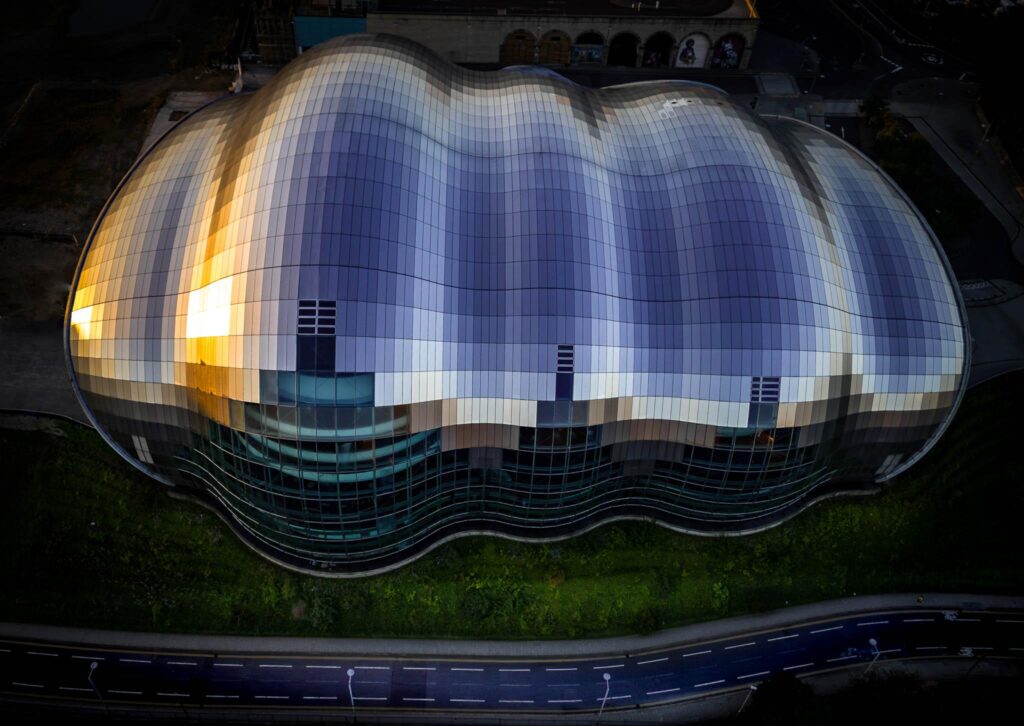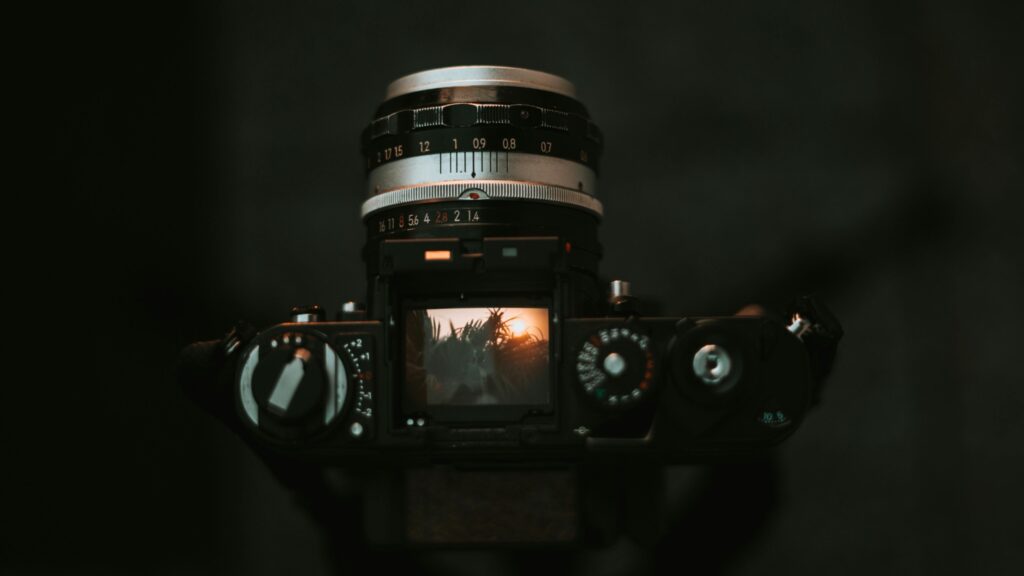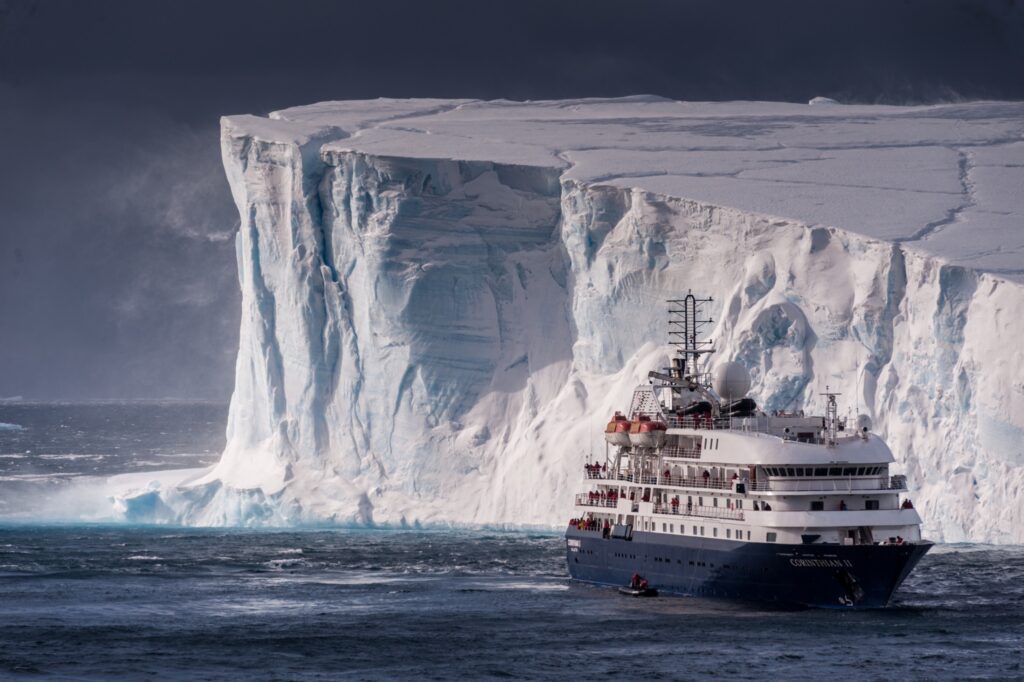One of the huge advantages of digital photography is that we can re-use memory cards. Some of us will fill our cards to the max before downloading them to a computer and some will fastidiously download after each and every shoot. But what about getting rid of the photos that you have downloaded from the card? What is the best option for deleting unwanted shots, or clearing a whole card?
Today we are going to take a brief look at option for deleting images and dos and don’ts.
Before we get into it, my opinion is that you should never delete anything until you have downloaded it. That blurry shot that looks awful on your camera’s LCD may well end up being a surreal keeper. Unless you have run out of space keep all your shots.
Your camera may have several ways of deleting images from your card. The two main options will be delete or format. They will be found in different parts of the camera menu system. The delete function will often have a dedicated button on the camera body. This will work when you are in your camera’s review mode, i.e. viewing photos, either immediately after taking or by after pressing the review button. You will be given the option to delete single images, a selection of images or all images.
[url=https://flic.kr/p/pRY6DU][img]https://farm8.staticflickr.com/7553/15661659258_61abc44c39_z.jpg[/img][/url]
Wait until you get home to delete images, you might find something you like, by David Minty
If you only have a few shots on the card then deleting all may be the quickest option to get a card ready for shooting. However, in general to prepare a card you should use the format option.
The format option on most cameras is found right at the bottom of the settings menu. It is put here deliberately so as to make it hard to accidentally delete all of your images. On some more expensive cameras you will also find that you can press a combination of buttons to format your card.
So why format and not delete all?
Before we go any further let’s explode a popular myth. Deleting or even formatting a card does not remove the images. What is does is remove any reference to the images so that the camera or computer cannot see them. The images are only lost when another new image is written over the top of the old one. So if you have formatted or deleted all images from a card, it is possible, with some commercially available software to recover those shots.
[url=https://flic.kr/p/cyWNaf][img]https://farm9.staticflickr.com/8282/7592743648_180b713c48_z.jpg[/img][/url]
It's generally best to format rather than delete, by Paul Hudson
Formatting a card, in camera, is nearly always the best option for deleting all files. The first and foremost reason is that it helps to keep the file structure on the card healthy. Like computer hard drives, files on memory cards can become unlinked and you end up with a corrupted card. Formatting completely removes and replaces the old file/folder structure with a new one and like defragging on older hard drives means that all the images will written to the card more efficiently and retrieved quicker.
Secondly, many of us own more than one camera and interchange the cards between the them. Even cameras from the same manufacturer, create different folder/file structures so by not formatting and using the card in a different camera, you are increasing the risk of corruption.
Some cameras will also include an option to Low Level Format. Unlike the regular format, this is a more powerful option that will not only delete and replace the file structure, but also wipe out any residual information on the card. In other words, where as regular format only removes references to images, low level format replaces those images with 1 and 0s and thus making it nearly impossible to recover anything from that card. This is really only an option that is required when shooting sensitive material.
[url=https://flic.kr/p/fNHpwV][img]https://farm4.staticflickr.com/3789/9717632325_e80810fd0f_z.jpg[/img][/url]
Looking after your memory cards can reduce potential image corruption, by stallio
Lets look at some dos and don’ts of memory cards and formatting
Firstly, don’t format the card on your computer. Even if you choose the right formatting option (FAT32) it still does not write the correct folder structure to the card.
Secondly try not to fill the card to full every time. There is anecdotal evidence that this can be detrimental to the card.
Next, if your battery is getting low, replace it before shooting. If it dies whilst writing, you could loose the shot and corrupt the card. Similarly never remove the card whilst the camera is writing to it, again this can cause problems.
Deleting and erasing on your camera is a fairly simple task but doing it the wrong way can have some significant ramifications. By following these simple tips above, you will reduce the risk of card corruption and the ensuing loss of precious images.





7 Comments
One risk not already mentioned: I have suffered a corrupted disk which happened as I was reviewing some shots just taken and as I deleted a few images I thought were not worth leaving on the CF card, mostly because I was anticipating taking so many photos on the day this happened that I wanted to have as much recording space available as I could. This happened while using a Canon 5D Mk II which I had just purchased. Ultimately it was clear that the Camera was not faulty, nor was the memory card. Thenceforth, I adopted the strategy of not deleting any photos in-camera prior to downloading them to a computer.
I have a Nikon 810 and always delete the files rather than format. If you delete you retain the photo numbering sequence. With format it takes all your shots back to 0000. this allows you to have duplicate photo numbers. The possibility of accidently saving a new shot over the old may be slim, but I don’t risk it.
Ric, you are wrong about formatting. It does not not reset the numbering sequence unless you have it set that way. Not sure about Nikon but all the Canons I owned and owe now has the option for the file numbering to set to “continuous”. When I have this selected formatting a card will NOT reset the numbering and it will continue with next number as if nothing happened.
.
(a) SPACE, THE FINAL FRONTIER: Agreed, why delete when digital storage is so plentiful and cheap, and later, what you at first thought was an awful shot may shine because you have grown as a photographer.
(b) IS IT EMPTY 1?: Be careful of the habit of formatting when inserting card, especially when switching between cameras, as you may wipe image files you have not downloaded, and the other camera may not “see” image files it did not write so it cannot confirm if the card is empty or not; I have not seen a problem with two cameras writing to the same card without formatting in between, though. The safest place to inspect a card in on your computer where the computer is not (should not be?) blinded to ANYTHING stored there. Drag ans drop or copy the whole card to a new directory / folder if you are not sure if you’ve got everything, and inspect that directly / folder later.
(c) SPEED 1:Formatting in computer is not a problem if you select FAT not NTFS structure, BUT can be an advantage for 2 GB cards and smaller, where I use FAT16, which more closely matches the formatted card’s cluster sized to my camera’s image file size, reducing image file saving time to 1/8th, and allows more image files on the card — this makes my older cameras much more responsive and useful, let getting a whole new camera!
(d) SPEED 2: Match card and camera, for example, my fully functional ‘antique’ Minolta Dimage 5-7-A-series ‘bridge’ cameras can use WA Write Accelerated cards, where an 80 Gbps WA card (used market now) writes faster than a 130 Gbps non WA card
(e) IS IT EMPTY 2?: My favorite transfer program, free Picasa, can automatically transfer image files from camera cards into separate directories on my harddrive by date but Picasa gets confused by the dates on my Sony cameras and thinks that anything before dawn yet after midnight is yesterday, not today — I have to move the files manually. And misses VIDEOS on my Sony and Panasonic cards, to you may have to inspect and transfer still and moving image files by hand using your computer’s file explorer/browser to insure you leave nothing behind.
My point is to take 100% responsibility for your camera, storage cards, transfer method, and archive catalog and backup system — nothing will do it all for you flawlessly, comprehensively — beware that later, you don’t want to curse poor naive decisions you may have made as a younger photographer.
.
^^Wrong on so many levels.
Here’s my take: After each shoot when I get home I download to a pre-prepared folder into bridge thru dng converter. I then wait a while for time machine to make it’s back-up after which I erase the recently downloaded folders from my card using my computer. I only occasionally reformat the card in the camera, almost never. I have never experienced even the slightest problem after years of using this method.
There is a message in this thread which intimates “Drag and drop or copy the whole card to a new directory”
Well my experience proved that “drag and drop” is a mistake when copying from a camera to a computer…
I always used to and then experienced a malfunction … I cannot remember the computer speak …
“Drag and drop” is similar to “move”
When copying from camera card to computer always “copy and paste” .. never drag … the computer can be confused and locks up… before the transfer is finalised… serious problem.
it is several years ago when it happened but I have never forgotten